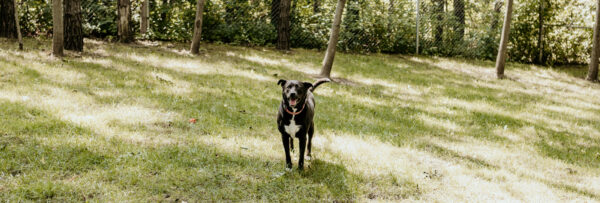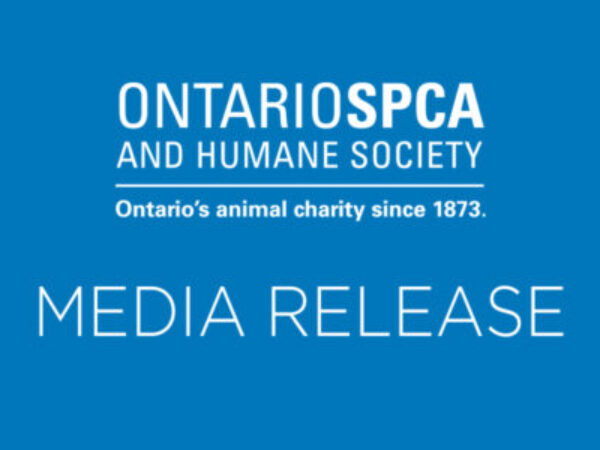
July 14, 2025
Fetch some fun at the Ontario SPCA Muskoka Animal Centre’s Open House
IMMEDIATE RELEASE
Bracebridge, ON (July 14, 2025) – Get ready for a tail-wagging good time at the Ontario SPCA Mus…
Read more »
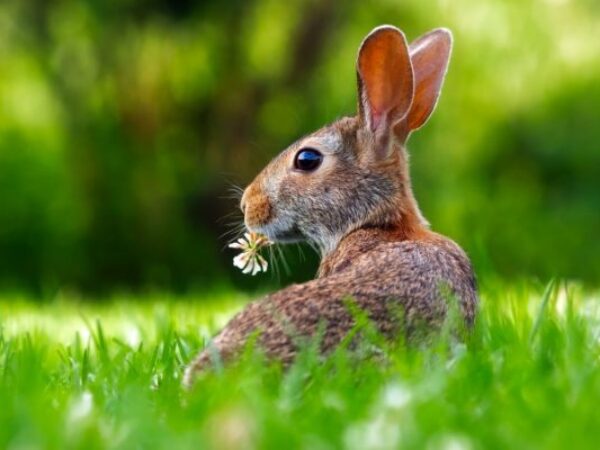
July 13, 2025
Protecting lawns and gardens from wildlife
‘Tis the season for gardening! But what do you do if you keep finding your lawn or gardens dug up? We’re here to he…
Read more »
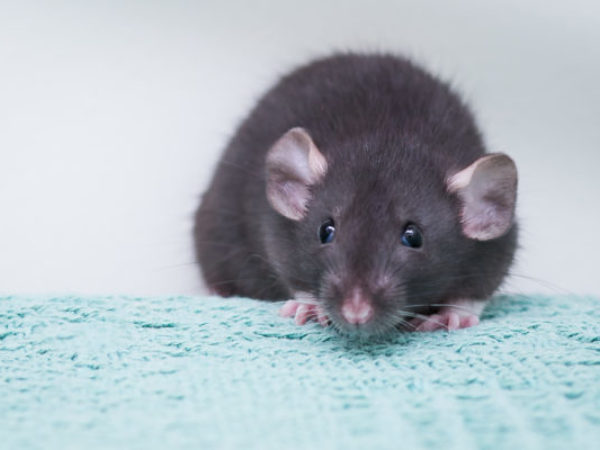
July 11, 2025
Tips on caring for your pet rat
Whether you’ve had a pet rat before, or you’re a first-time parent, here are some tips you need to know about food,…
Read more »
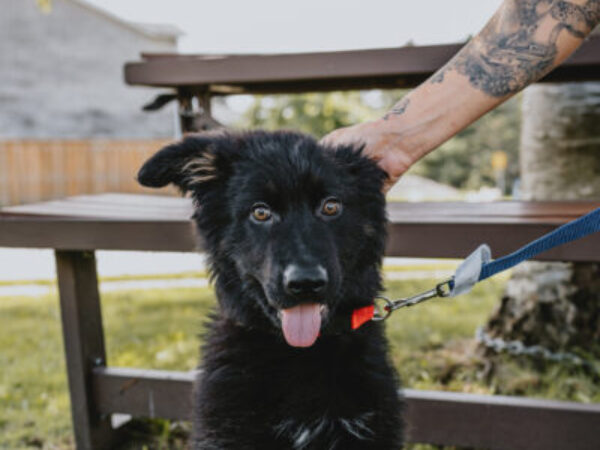
July 10, 2025
Four bugs to be aware of this summer with your pets
Summer is a great time to spend quality time outdoors with your furry friend, but beware of bugs! There are several bug…
Read more »
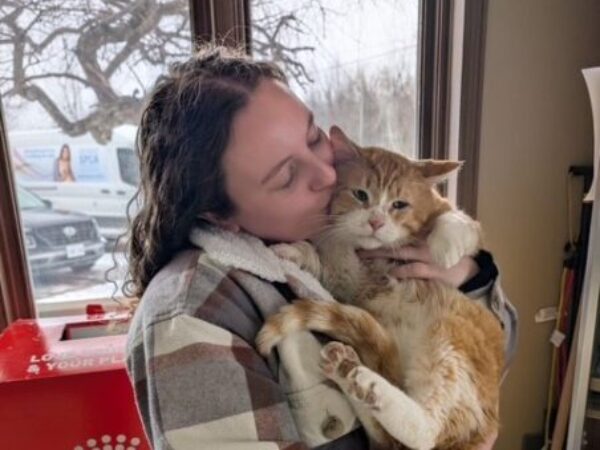
July 8, 2025
Tuna’s journey: From hardship to forever home
In January, Tuna arrived at the Ontario SPCA Stormont, Dundas & Glengarry Animal Centre, and his inspiring story of…
Read more »
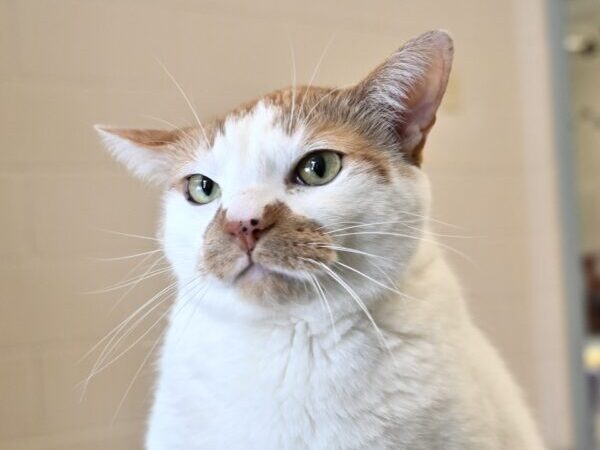
July 7, 2025
Learn how to read your cat’s body language
Did you know that cats communicate with their body and facial expressions? Learn what your cat's body language is telli…
Read more »
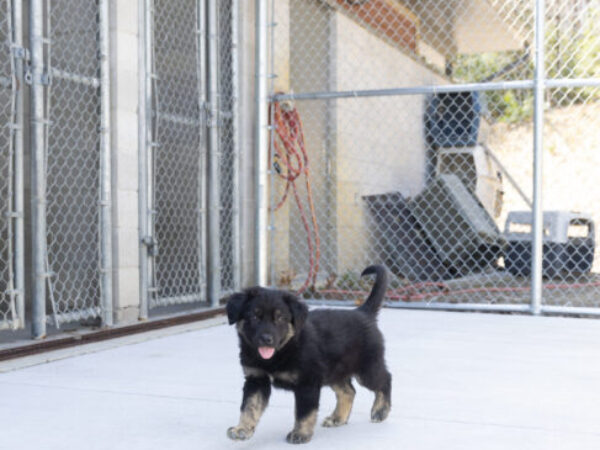
July 4, 2025
Choosing the right boarding kennel for your pet
You have a trip coming up, and your beloved furry friend can’t come with you. How do you choose the right boarding …
Read more »
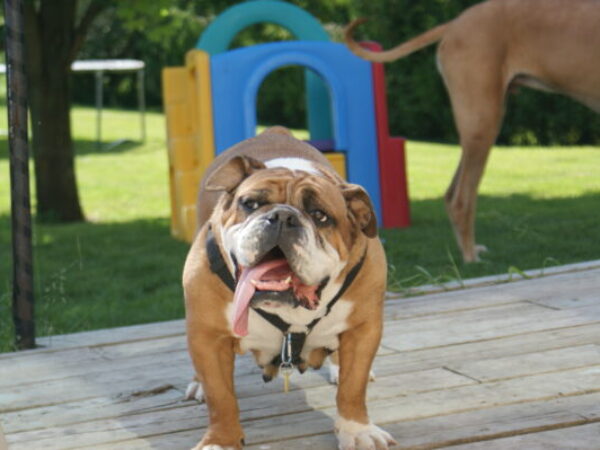
July 3, 2025
Summer safety tips for you and your pets!
As we enter the summer months, it’s important to take extra precautions to keep our furry friends safe. With a few he…
Read more »

July 1, 2025
The Ontario SPCA and Humane Society supports step forward for veterinary care in Northern Ontario
Veterinary care in Ontario is in crisis, even more so in the North. Many communities are left without access to critic…
Read more »
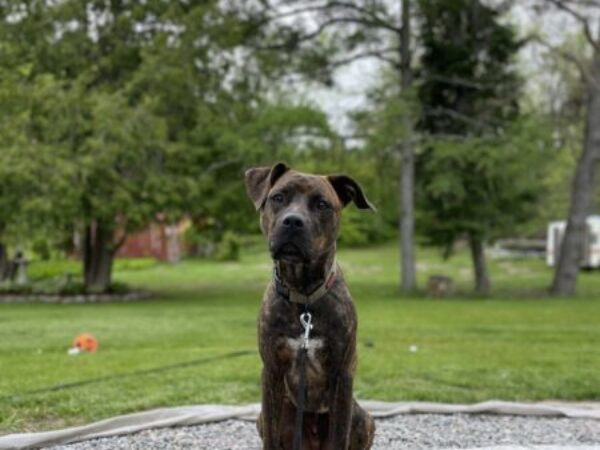
June 30, 2025
Twix’s journey of recovery: A new life as Bo
Twix’s story began at the Ontario SPCA Stormont, Dundas & Glengarry Animal Centre, where this one-year-old Mastif…
Read more »

June 27, 2025
Firework safety tips to keep pets safe
Everybody loves a long weekend – including our furry friends! It means more quality time with the people they love. B…
Read more »
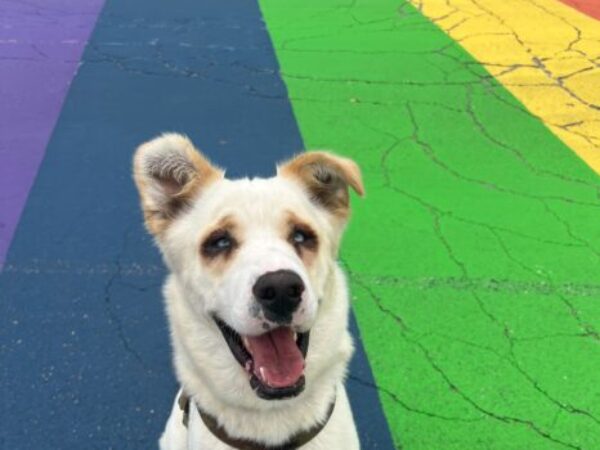
June 26, 2025
Pride Parade fun with furry friends
The Pride Parade in Toronto is a tradition celebrating the LGBTQ2S+ community during Pride Month. If you’re thinking…
Read more »
Categories
Testimonial
We have supported the OSPCA since 1951
We have supported OSPCA since our arrival in Canada in 1951. Keep up the greatest T.L.C. for animals.
-Paul & Des
Sign up for news and updates
Thank you for joining our online community.
